Twitter is working on its own version of Facebook Groups: - **Twitter Communities will allow users** to create and join groups. Across acquisition channels, a strong community is one that consistently works for founders. But don't wait: Those who get
Twitter is working on its own version of Facebook Groups:
-
Twitter Communities will allow users to create and join groups. Across acquisition channels, a strong community is one that consistently works for founders. But don't wait: Those who get in on the new feature early can cultivate the most impactful communities.
-
306 billion daily emails were sent and received in 2020, and that number is expected to increase to 361 billion by 2024. How can your email cut through all the noise? Hint: It's not just about the subject line. Make sure your subscribers know exactly what they're getting into, and they'll look forward to hearing from you.
-
Greg Isenberg's You Probably Need a Haircut is one of the most viral products to emerge from the pandemic. From sliding into journalists' DMs for media coverage to choosing the perfect domain name, Greg shares his best tips on going viral with Indie Hackers.
Want to share your ideas with over 70K indie hackers? Submit a section for us to include in a future newsletter. —Channing
📱 Twitter is Working on a New Communities Feature

from the User Acquisition Channels newsletter by Darko G.
Twitter's new feature, Communities, will allow its users to create and join communities similar to Facebook Groups. This feature could be a gamechanger for founders looking to build and grow a Twitter audience.
Twitter Communities
A screenshot floating around Twitter revealed that the company is working on its own version of Facebook Groups.
Communities work: In my research on acquisition channels, I've found that communities (Reddit subreddits, Facebook groups, etc.) worked consistently for founders. The founder of ManyPixels, an unlimited graphic design service, shared how he got his first users:
I posted the site on a few Facebook groups for entrepreneurs, and we made our first sales (about $1.5K in one day).
We got our initial users solely via niche Facebook groups of entrepreneurs and startups. I joined many Facebook groups and wrote a post asking for feedback on ManyPixels and our value proposition. My message basically was, "Hey guys, here is what we do, would you be interested in this? Yes/No/Why not?" I also experimented by promising that each person giving us feedback would have a promo code. This worked well — lots of people commented, and this was a small hack that got us a lot of buzz.
What this means for you: When Twitter launches Communities, get in on the game early. History indicates that when Twitter is launching a new feature, it also provides a way for users to easily discover it (like with Twitter Fleets).
A recent example: The biggest rooms on Clubhouse right now belong to users who were the first to join. This caused an interesting growth loop: When new users joined, they saw the rooms and joined. Clubhouse saw the increasing number of members in these rooms and boosted the rooms to new members. Being an early adopter pays off.
What Headlines Work in 2021?
Buzzsumo just released a study analyzing 100M headlines across Facebook and Twitter.
The findings: Curiosity-based headlines worked well on Facebook four years ago. However, guidance-based headlines ("How you should ___") seem to drive far more engagement now.
What this means for you: Things are changing fast, and founders should be diligent about keeping up. What drove engagement in 2017 isn't working now. This sentence from the original articles summarizes things well:
On Twitter, only two of the most popular headline phrases have remained the same since 2017.
The growth of live audio
Everyone is working on adding live audio rooms to their platform. Discord launched Stage Channels just a week ago. Last week, Spotify acquired a live audio app and announced plans for a new audio experience:
Creators and fans have been asking for live formats on Spotify, and we’re excited that soon, we’ll make them available to hundreds of millions of listeners and millions of creators on our platform.
What this means for you: Live audio chat is here to stay. Clubhouse provided the format, and now everyone is trying to copy it.
Like with any other feature, once these platforms launch live audio, they will give initial exposure to people who use them. So if you've ever struggled getting traction on Spotify, Twitter (once they release Spaces to everyone) or Facebook (when they release audio rooms), try doing these live rooms and see what happens.
What acquisition channels have you seen the most success with lately?
Subscribe to User Acquisition Channels for more.
📰 In the News

from the Volv newsletter by Priyanka Vazirani
👀 533M Facebook users' personal information was leaked online.
🚺 Women are writing themselves back into history on Wikipedia.
📈 Crypto market cap surges to record $2T.
🚀 SpaceX announces the final members of all-civilian trip to space.
🔦 This app claims to get you high by just using your phone's flashlight.
Check out Volv for more 9-second news digests.
📩 6 Ways to Increase Email Open Rates

from the Email Marketing for Indie Creators newsletter by Welly Mulia
Over 306B emails were sent and received each day in 2020, and this is expected to increase to more than 361B daily emails by 2024. These six tips can help founders craft emails that land.
1. Give subscribers the right expectations
Are you going to send emails on a daily/weekly/monthly basis?
Make sure your readers know what they're getting into.
On my opt-in form, I mention explicitly that they’re going to get daily emails.
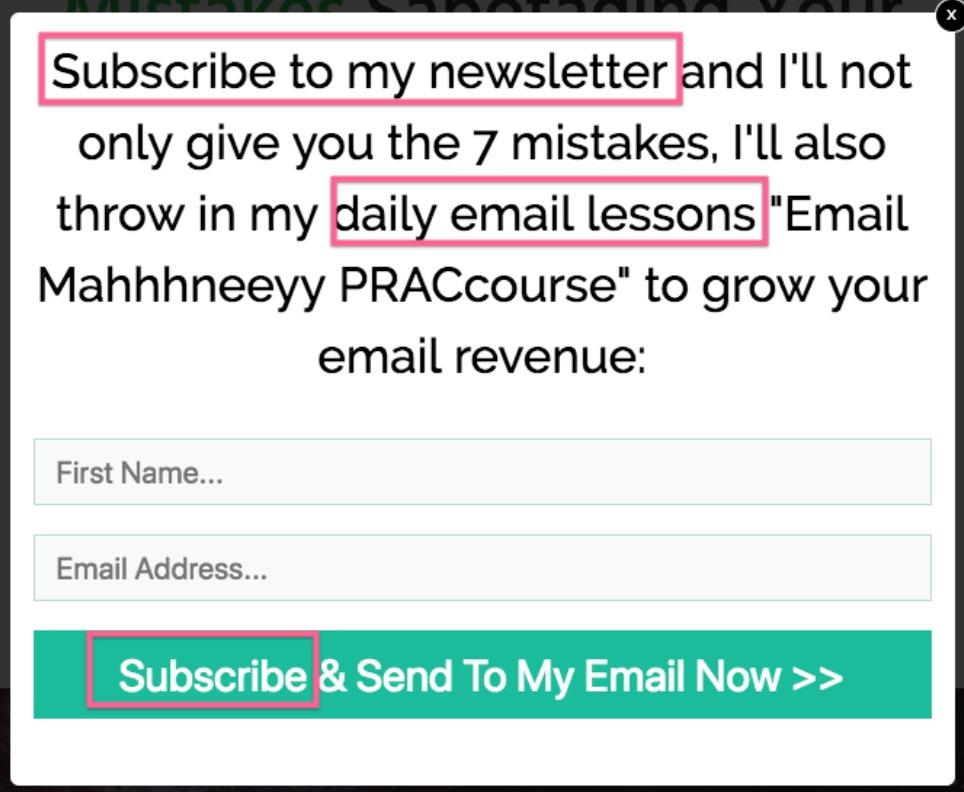
This notice eliminates any surprise since the subscriber doesn’t feel bombarded with my daily emails. If they didn't want daily emails, they wouldn’t have subscribed.
In fact, now they’re actually expecting daily emails from me.
2. Provide value to readers (not yourself)
How many times have you opted in to someone’s list only to get spammed with sales emails every day?
It doesn’t take long to realize when an author only cares about your wallet, not your wellbeing.
Send value-packed emails that are beneficial to people's lives. Give tips to help solve their problems. Expect nothing in return. This kind of mindset will make them appreciate and respect you in the long run.
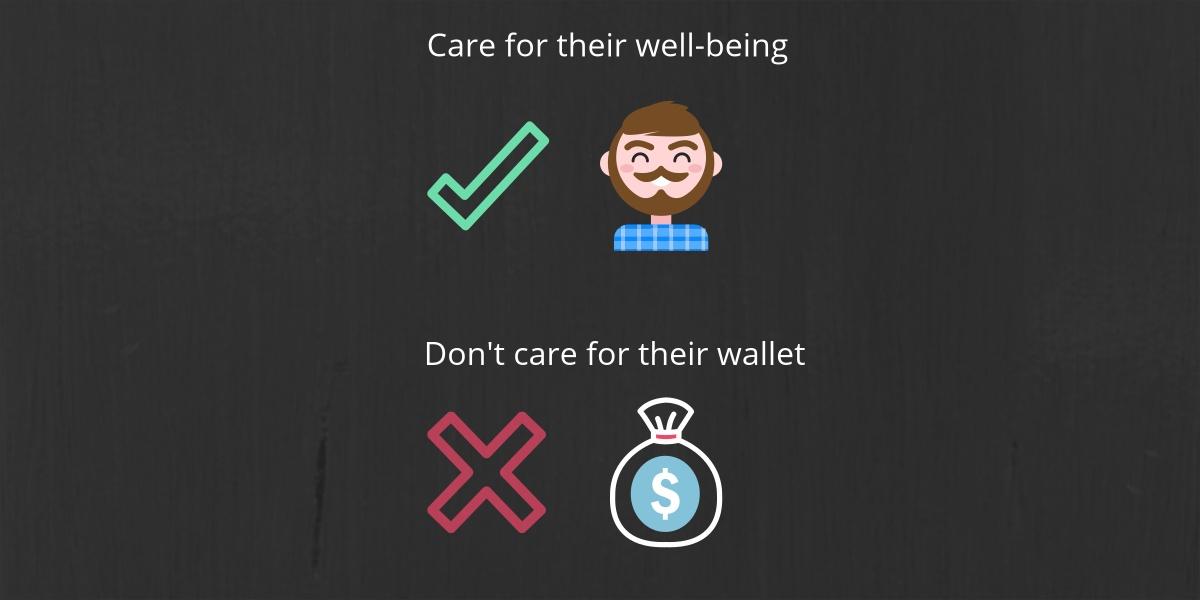
3. Make your emails fun and interesting
Most emails are boring. Don’t believe me? Go take a look at your inbox.
Don’t just provide value. Stand out from the crowd. A great way to do that is to entertain your subscribers, and make your emails fun, so they look forward to opening them.
Stories are a great way to entertain, and they don't even have to be long.
For example: I want to let readers know that they shouldn't be "flying blind" in business, and that they should know their metrics.
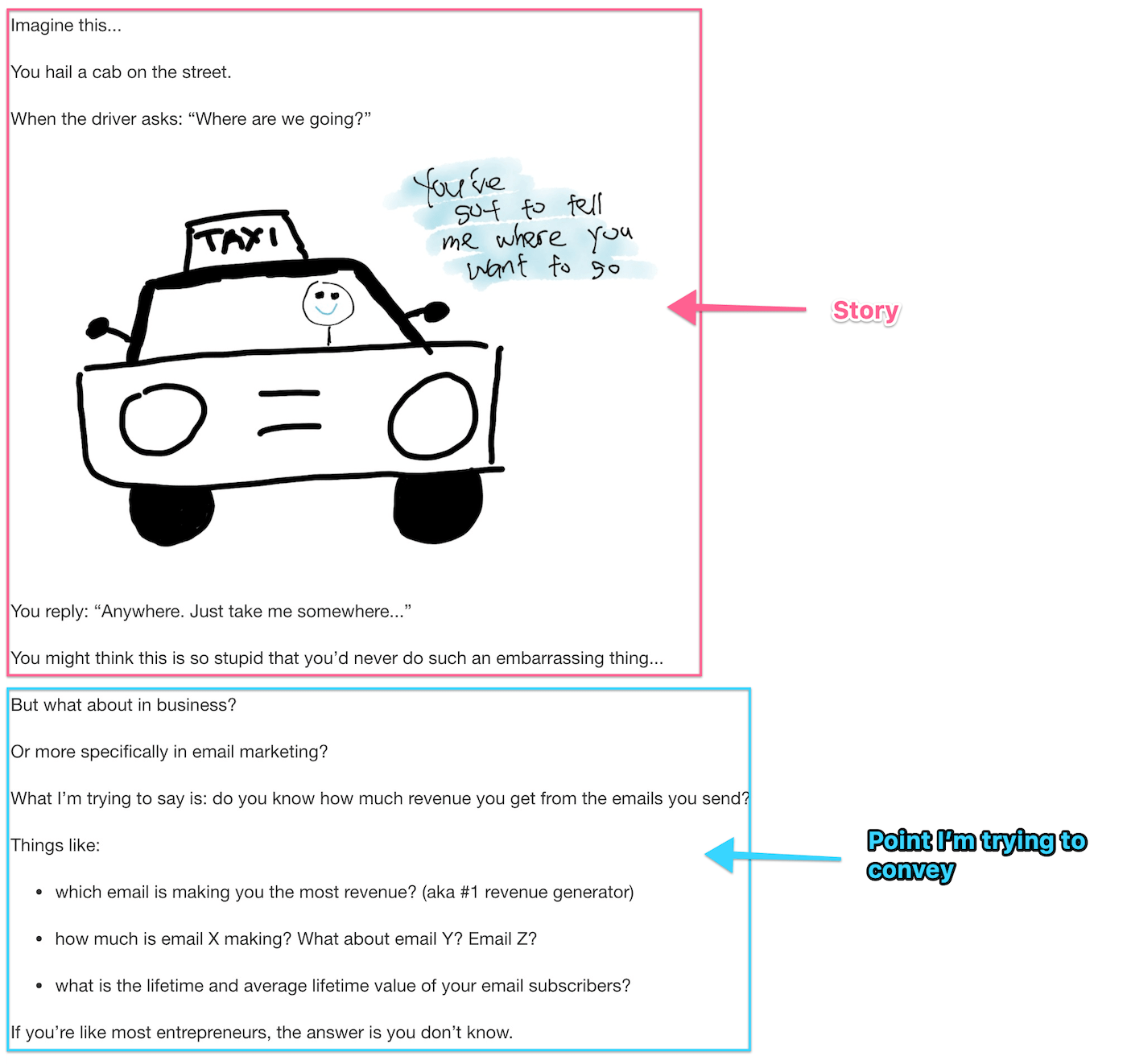
4. Your "from" name
I still see people representing businesses using their personal name as the “from" name when sending out emails.
I have no clue who these guys are. But when I opened their emails, they turned out to be employees of businesses that I recognize and have previously engaged with.
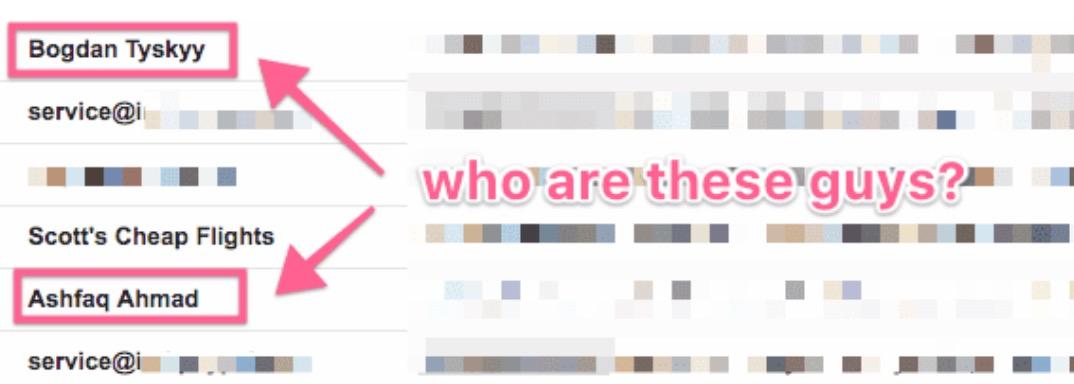
Unless you’re using your personal name as the “storefront” of your business, use this combination:
[First name] at [Brand]
For example:
Welly at BirdSend
PS: Don't just use your brand name. People don’t open emails from corporations. They open emails from other humans.
5. Your "from" email address
Never use a free email address to send out emails.
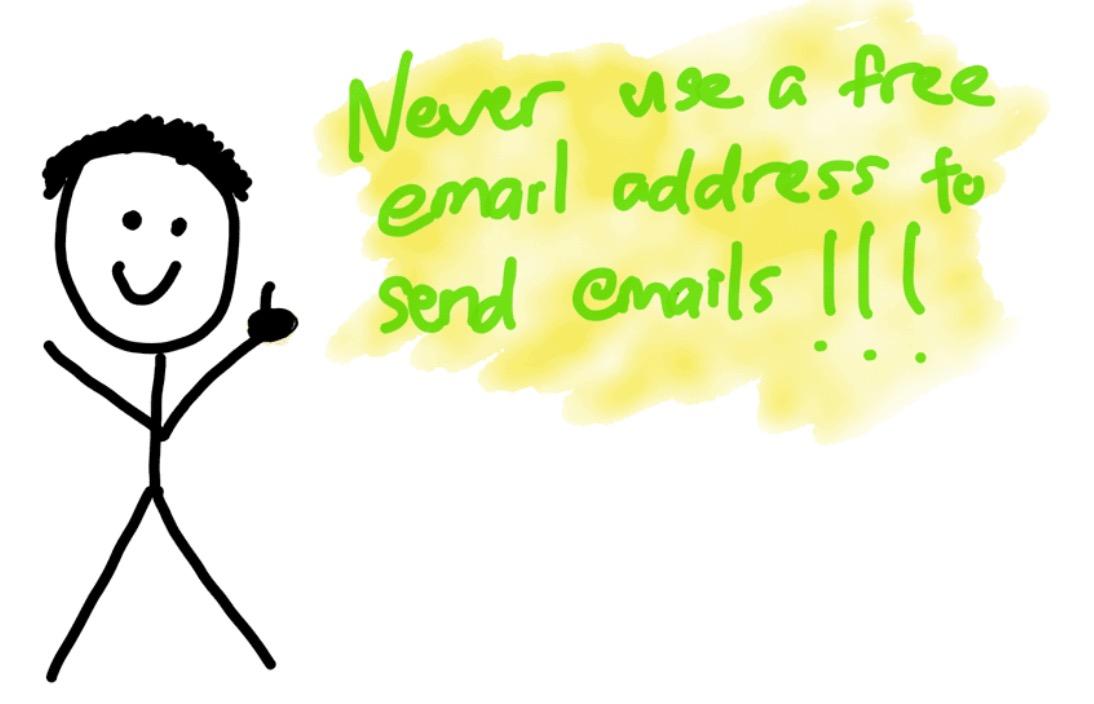
If you’re using a free from email address to send out emails, your emails are more likely to end up in the spam folder.
Why? Because anyone (including spammers) can get their hands on a free email address effortlessly. This means inbox providers can’t verify who the sender is. Rather than taking risks, they’ll just mark your emails as spam.
You should use an email address from your domain to send out emails. Not only will it go well with spam filters, you’ll also look more professional in the eyes of your subscribers.
6. Good email service provider (ESP)
An ESP’s job is to deliver your emails to the intended recipients’ inbox. Not the spam/bulk folder, but the inbox. We call this "inbox placement."
Not one single ESP can deliver emails to the inbox 100% of the time. What you want is to make sure that the majority of your emails do not land in spam.
If you’re sending high volume emails (more than 50K/week), you could install SPF and DKIM records into your domain host to boost your results.
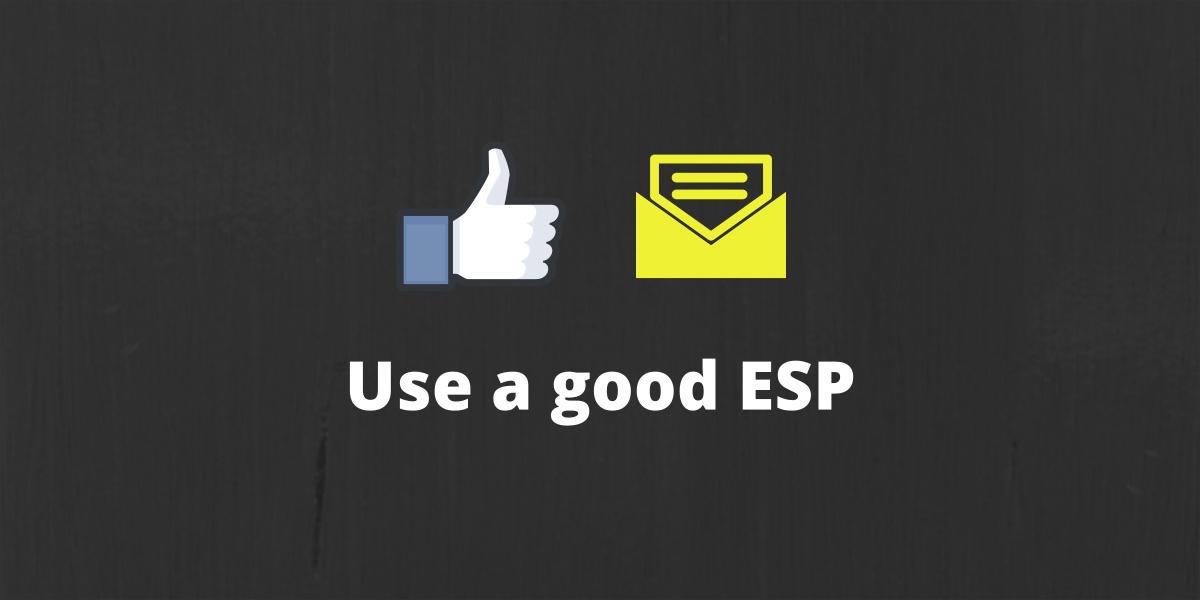
Will you be implementing any of these strategies to increase email open rates? If so, share in the comments!
Discuss this story, or subscribe to Email Marketing for Indie Creators for more.
🧠 Harry's Growth Tip

from the Marketing Examples newsletter by Harry Dry
Clear writing is concise. Here's a list of clutter to keep out:

Go here for more short, sweet, practical marketing tips.
Discuss this story, or subscribe to Marketing Examples for more.
✂️ Greg Isenberg On How You Probably Need a Haircut

from the Listen Up! IH newsletter by Ayush Chaturvedi
Greg Isenberg started You Probably Need A Haircut during the peak of the pandemic when most of the world was in lockdown. This is one of the most viral products to emerge during the current COVID-19 era. Greg shared his story on the Indie Hackers podcast, and here are his notes for success.
Where it started
In the first few weeks of the pandemic, Greg needed a haircut. Problem was that all the salons were closed, and his girlfriend had no idea how to cut hair. Greg ended up connecting his girlfriend with a stylist who taught her everything she needed to know.
That was the birth of the idea.
You Probably Need A Haircut pairs you with a great stylist who coaches you through the process of cutting your own hair or someone else's.
From the onset, the idea got great PR: It was covered on the Today Show, ABC, FOX, and NPR. This resulted in millions of website visits and thousands of haircuts.
How did it go viral?
A product's name can make or break its success.
Although there is always an element of luck involved, viral hits can be largely manufactured. Once he found out that the domain "youprobablyneedahaircut.com" was available, Greg knew the site could go viral:
Viral hits are where art and science meet. The art is the positioning, the design, and the image that you can put in people's minds. The science is how you systematically get in front of everyone's faces so it imprints in their minds.
To promote the website, he paid a popular influencer to talk about his product. He also cold-messaged several journalists through Twitter DMs to have his site featured in various publications.
Greg personally replied to every person on Twitter who spoke about needing a haircut, and even partnered with Philips to promote their electric razor.
Going viral got eyes on his product, but Greg still had to put in the work to forge connections and partnerships, and build on the buzz that his site was receiving.
Greg put in a couple of hours a day on Twitter just talking to people about his product. He noted common questions and concerns, and developed helpful responses. Eventually, he hired someone take over that role.
One to many vs. one to one
One of the cool shifts that we are seeing now is the shift away from a one-to-many model to a one-to-one model of communication.
You Probably Need a Haircut is a great example of this: You get great one-to-one mentorship from an expert from anywhere in the world.
This is way better than just watching an expert's video or reading an article. It's a very personal mentoring/coaching experience, and may be the future of the gig economy.
Advice for indie hackers
Greg suggests finding out in what space are you a nerd, and developing based on that:
Before an idea, just think about yourself. Think about who you are and think about all the things that make you who you are and what you love to talk about.
In the world of niches, you have a competitive advantage over big players like Facebook.
Come up with an idea around that niche and see what you can build.
For more, you can listen to the complete episode on Indie Hackers or subscribe to Greg's Substack, LateCheckout.
Have you launched a business during the pandemic? What are your top tips? Share in the comments.
Discuss this story, or subscribe to Listen Up! IH for more.
🐦 The Tweetmaster's Pick

by Tweetmaster Flex
I post the tweets indie hackers share the most. Here's today's pick:

🏁 Enjoy This Newsletter?
Forward it to a friend, and let them know they can subscribe here.
Also, you can submit a section for us to include in a future newsletter.
Special thanks to Jay Avery for editing this issue, to Nathalie Zwimpfer for the illustrations, and to Darko G., Priyanka Vazirani, Welly Mulia, Harry Dry, and Ayush Chaturvedi for contributing posts. —Channing













